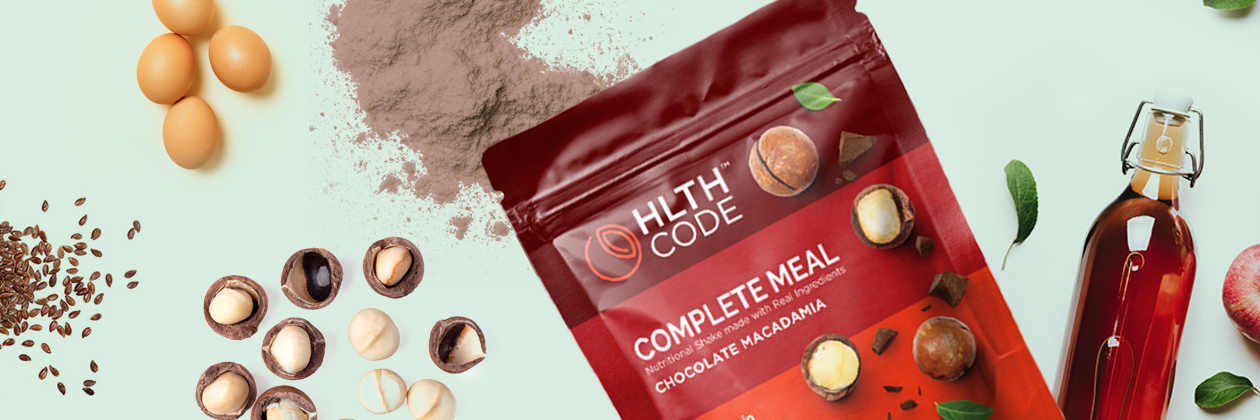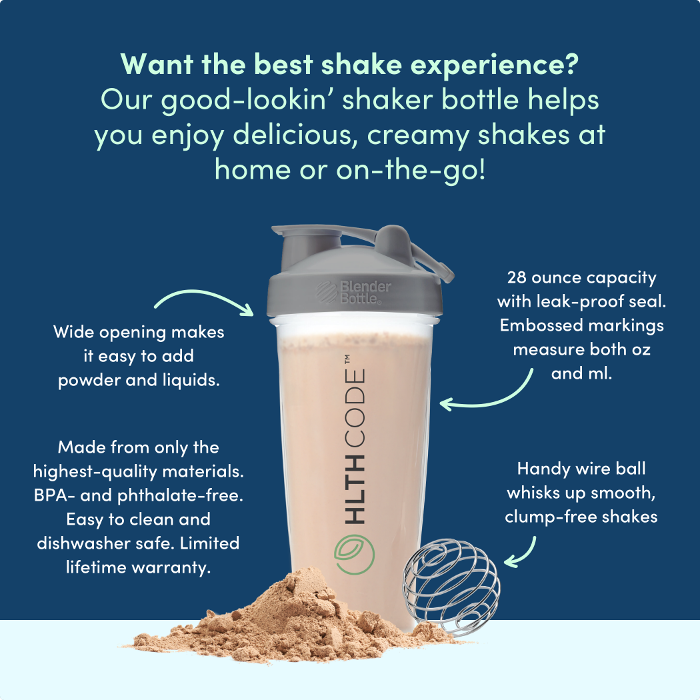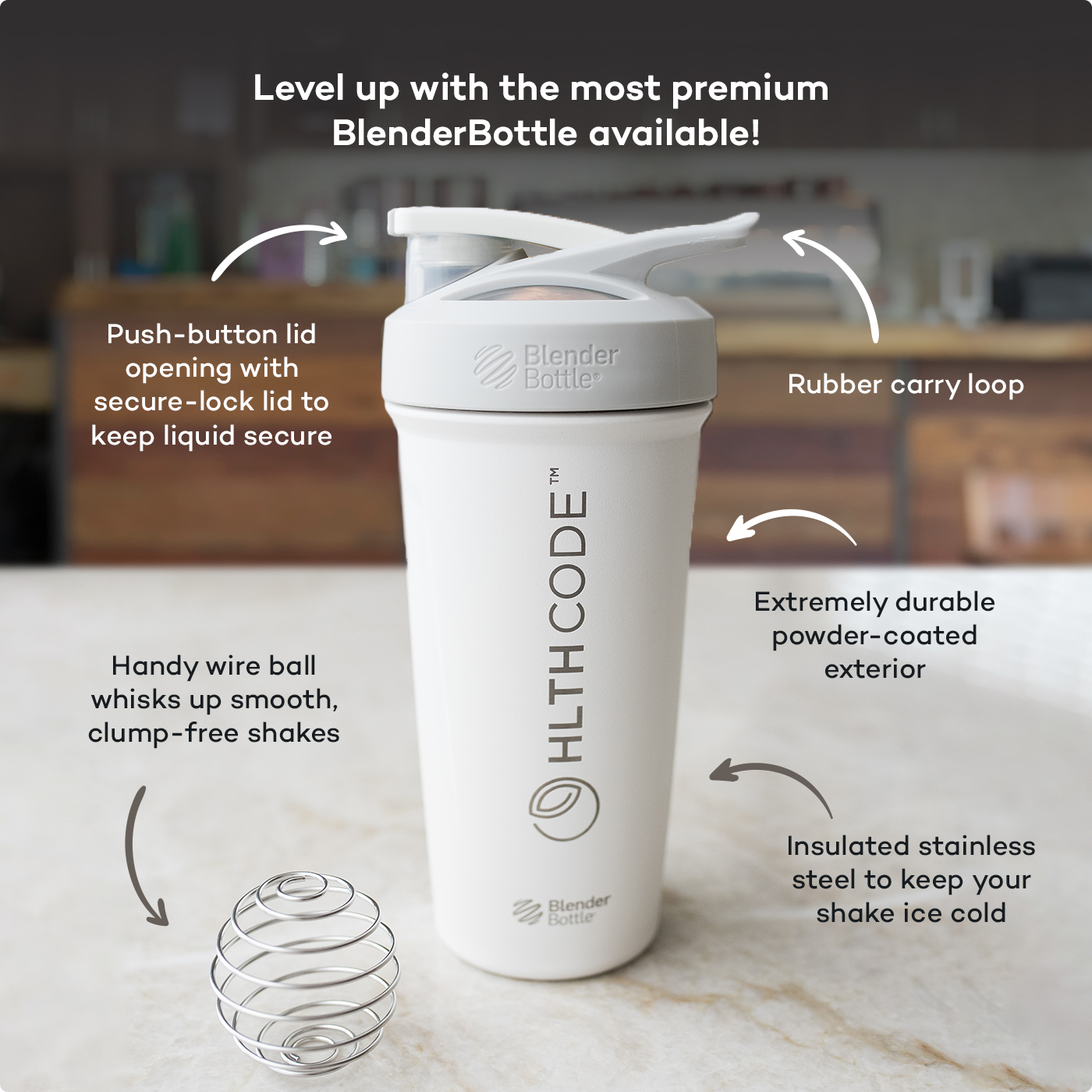Prepper Food Storage Guide for Long-Term Survival

When uncertainty strikes – whether it’s a sudden blackout, natural disaster, or widespread disruption – you don’t just want any old food. You want food that keeps you strong, steady, and nourished for the long haul. This guide will walk you through building a smart, low-carb pantry that’s as practical as it is life-sustaining – tailored for emergencies now, but built to last years if needed.
Why Prepper Food Storage Matters
In times of crisis – natural disasters, supply chain disruptions, or prolonged emergencies – having a reliable food stock ensures your family stays nourished and resilient. But it’s not just about having food; it’s about having the right kinds of food that support metabolic health, avoid blood sugar swings, and sustain energy levels.
Benefits of Being Prepared
Ready-to-use, shelf-stable foods reduce the stress of uncertain times. They also help:
- Maintain muscle and cognitive function.
- Support gut health and immune resilience.
- Preserve flexibility in meal planning.
Short-Term vs. Long-Term Storage
Short-term kits (up to six months) often rely on dehydrated instant oatmeal, nut butter packs, or dehydrated fruits & veggies. These are easy and cheap but tend to spike blood sugar and degrade faster. For more complete nutrition and for long-term survival (years to decades), you need low-carb alternatives that last and fulfill your nutritional needs.
Key Principles of Long-Term Food Preservation
Shelf Life of Common Prepper Foods
- Shelf-stable items like powdered eggs, healthy oils (such as coconut oil or ghee), and dehydrated dairy can last 15 to 20 years when stored in cool, dry conditions.
- Avoid starchy carbs like rice, wheat, and beans in long-term stock – they’re prone to spoilage and not aligned with a low‑carb philosophy.
- Opt for resealable, airtight #10 cans with oxygen absorbers for top-level preservation.
Nutritional Balance in Your Stockpile
A balanced long-term pantry focuses on:
- High-quality proteins: whey, grass-fed collagen, egg whites
- Healthy fats: coconut oil, cocoa butter, ghee, olive oil and flaxseed
- Gut-support: prebiotic fiber, digestive enzymes, probiotics
- Micronutrients: 25+ vitamins and minerals and added sea salt to prevent micronutrient deficiency
The HLTH Code Complete Meal delivers 27 g protein plus 27 g healthy fats, plus enzymes, fiber, vitamins, and probiotics-without added sugar.
Best Foods for Prepping and Storage
Where to Buy Prepper Food Supplies
Look for brands that package meals in long-lasting #10 cans. Online suppliers and survival stores offer nutrient optimized meal shakes. Ensure they’re Non-GMO, gluten-free, no added sugar – just like HLTH Code.
Tips for Space-Saving Storage Solutions
- Use #10 cans – they stack neatly and are portioned for easy access.
- Store them upright in cool, dry spaces (<75°F) to maximize lifespan.
- Label with purchase and open dates for efficient rotation.
Gold Standard Storage: The Elite Method for Shelf Life
Mylar Bags vs. Gold Standard Storage
- Mylar-bagged foods with oxygen absorbers are suitable for short-term (two years or less) storage. . But the gold standard? Airtight, vapor- and waterproof #10 cans with resealable lids – proven to remain stable for up to 20 years.
How to Store in Hot or Humid Climates
- Keep foods in dark, climate-controlled spaces. Closets or under the stairs are ideal.
- Refrigerate or freeze if room temps exceed 75°F.
- Rotate every 5 years for extra safety in warm or non-humidity controlled environments.
Organizing and Rotating Your Food Supply
Labeling and Tracking Inventory
Maintain an inventory log:
- List items, quantities, and purchase/open dates.
- Use a “first-in, first-out” approach with shorter-expiration foods.
Maintaining and Updating Your Storage Plan
Check your stock annually:
- Consume or donate opened packages.
- Restock expired or expiring items.
- Adjust quantities to match any changes in family size or dietary preferences.
How to Calculate Your Family’s Food Needs
- Determine daily calorie needs × number of days.
- Calculate macronutrient targets (protein, fat, fiber) according to your nutrition plan.
- Build a meal plan using complete meals + additional low-carb staples (nuts, dried veggies).
Creating a Prepper Pantry on Any Budget
- Start with versatile low-carb shakes in mylar pouches for budget-friendly daily nutrition, then gradually add long-lasting #10 cans for extended storage.
- Add shelf‑stable fats (ghee, coconut oil) and freeze-dried low-carb meal.
- Buy in bulk and use case discounts (e.g., 5–10% off when buying multiple canisters).
Emergency Water Storage Tips
- Store at least 1 gallon per person per day for 7–14 days.
- Use food-grade containers, kept away from heat/sunlight.
- Rotate every 6–12 months.
Mistakes to Avoid in Prepper Food Storage
- Relying on high-carb staples (rice, beans, grains) – they spoil faster and don’t provide complete nutrition
- Neglecting packaging quality-avoid pouches that aren’t airtight.
- Forgetting to rotate and label – expired food is as bad as no food and may make you sick.
Final Checklist for Your Prepper Food Storage
- Low-carb complete meals
- High-quality fats and proteins.
- Minimal starch/carbs, no rice/beans/grains.
- Airtight packaging and cool storage. (<75°F)
- Inventory log and annual review.
- Emergency water supply.
By aligning your prepper pantry with a nutritionally dense, low-carbohydrate, long-term strategy, you’re not only preparing for emergencies-you’re building resilience, metabolic health, and peace of mind.
This article is for informational and educational purposes only. It is not, nor is it intended to be substitute for professional medical advice, diagnosis, or treatment and should never be relied upon for specific medical advice.

















